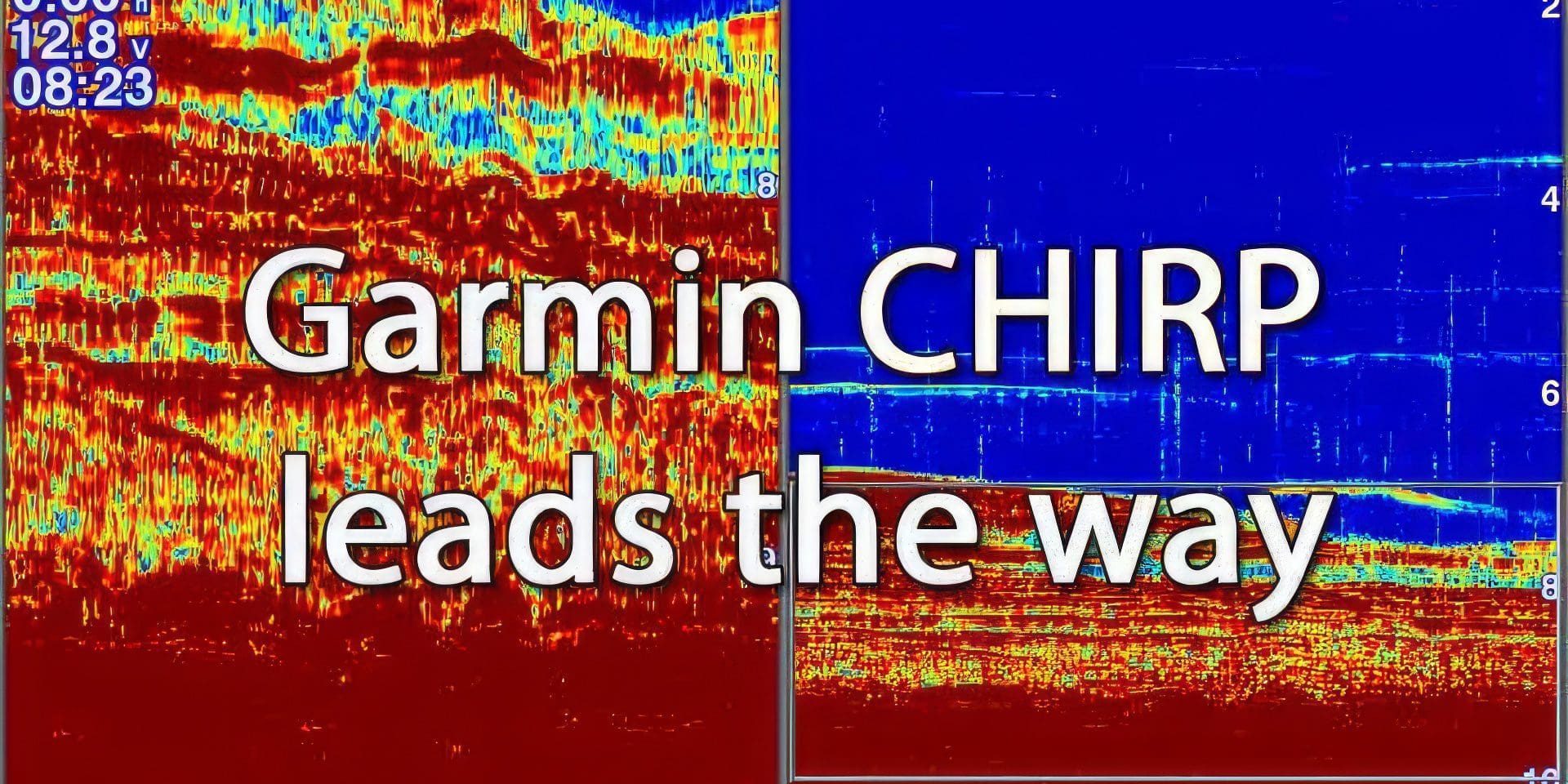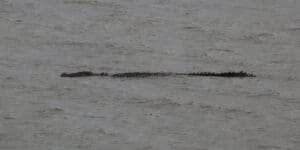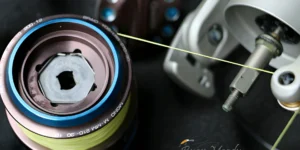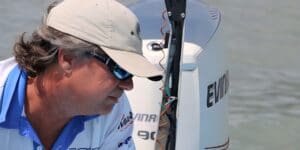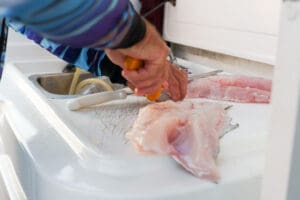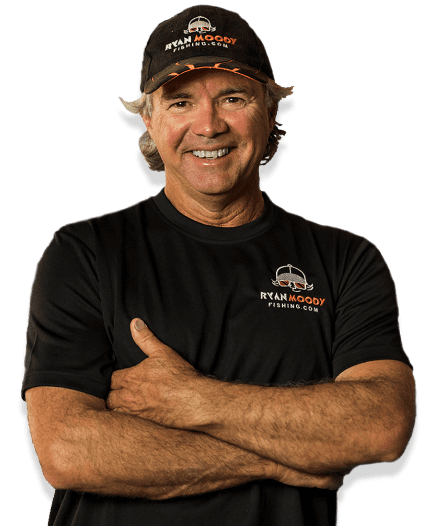As some of you may know, I recently switched to Garmin sonar electronics for my barra boat, one of the main reasons being I wanted to run CHIRP sonar technology and Garmin are leaders in the field.
Other manufacturers are also taking advantage of CHIRP and I have no doubt they will be good products too, but for me Garmin ticked the most boxes.
To start, I just want to explain a bit about the difference between CHIRP and traditional sounding technology. To get the nitty gritty, I headed to Townsville to speak with Navcom Electronics owner Barry Dionysius, an old mate of mine and a Garmin rep since 1990. I first met Barry when he was fitting out game boat and commercial fleet electronics back in the day. Incidentally, it was on the marlin boats that I learned most of my sounder skills and this industry is always at the forefront embracing and utilizing new technology.
As Barry will explain in the following video, CHIRP stands for Compressed High Intensity Radiated Pulse.
While traditional sonar sends one single frequency or “ping” at a time, CHIRP sends a continuous sweep of frequencies, ranging from low to high.
The CHIRP technology then interprets the frequencies individually upon their return. Since this continuous sweep of frequencies provides CHIRP with a much wider range of information, CHIRP sonar is able to create a much clearer, higher resolution image.
One of the biggest differences I notice is when fish cluster in a school. Traditional sonar shows them as one big blob, whereas CHIRP individualizes every fish making it much easier to tell that it is a school of target species and not just a bait ball or rock.
My conversation with Barry about the new CHIRP technology is recorded in the video below.
For those of you interested, at present I am running the GPSMap 1020XS and GPSMap 820XS models fully networked with a GCV10 scanning module. I am using two transducers, the Airmar TM150M for traditional/CHIRP sonar and the Garmin GT30-TM for DownVu and SideVu.
To determine what is the best option for you, have a chat to Barry at Navcom Electronics in Townsville on (FREECALL) 1800 632 422.
And as example of how my Garmin unit individualises the fish, check out the photo below. For the uninitiated, the photo below shows a tightly packed school of threadfin salmon clustering near the bottom. The lines represent individual fish. On a traditional sonar, these would show as just a solid red mass.
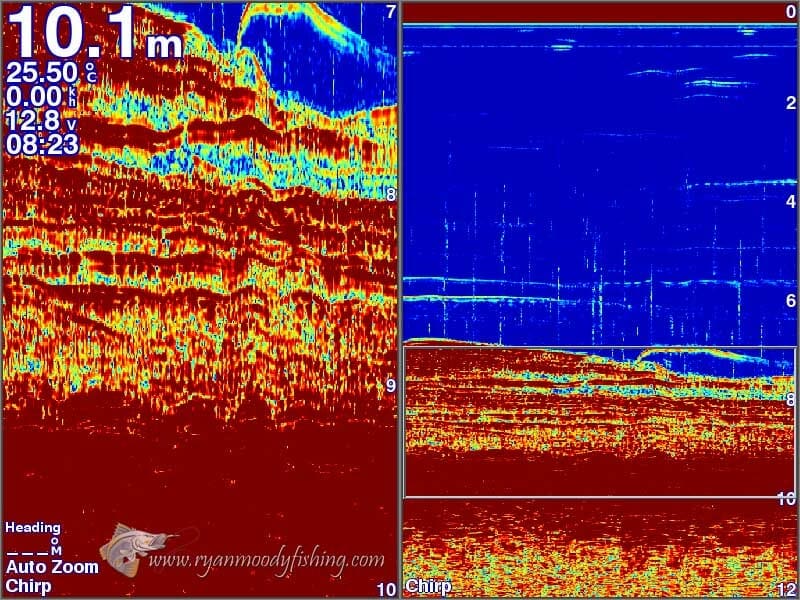
Now as you can see from the photo, a huge component to fully utilising this equipment is interpretation. Having caught a ton of big threadys, I know when and where they hang out and what they look like on a sounder. However, I’ve been catching them for years without the use of this technology so it’s not essential for good fish catches, but it does make it easier.
If you’re having trouble reading your sounder at speed, this tip on Mounting Your Transducer may help.
If you spend more time fishing than catching and would love to learn about sounder interpretation, the way fish behave and more, we have a series of online fishing courses to help.


